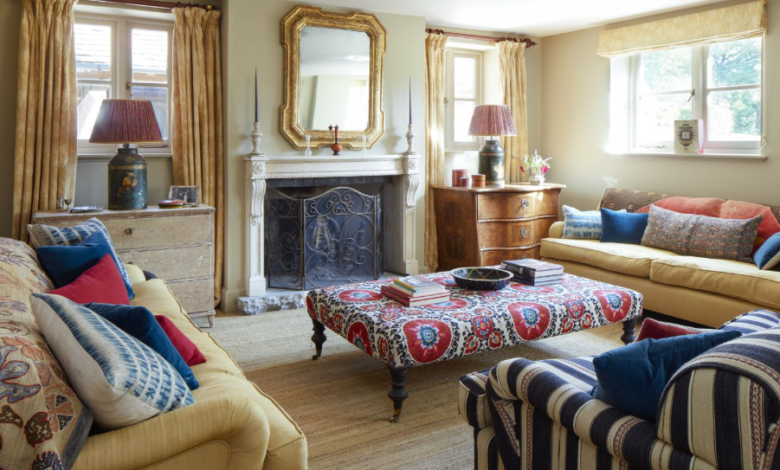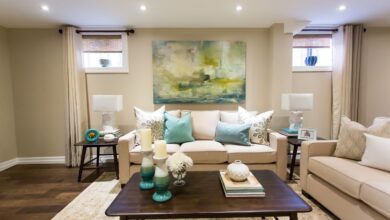How Decorators Build Spaces That Feel Authentic

Creating an authentic space is not about copying trends or following rigid style rules. It’s about designing a home that reflects the people who live in it. Skilled decorators excel at capturing the essence of a homeowner’s lifestyle, taste, and values, translating them into interiors that feel genuine and grounded. Here’s how they do it.
Listening First, Designing Second
Authenticity starts with understanding. Decorators take time to learn about the client’s personality, habits, and story before making any design decisions. Through conversations, site visits, and mood boards, they gather clues about what truly matters to the client. This insight becomes the foundation for every design choice, ensuring the result is not only beautiful but meaningful.
Collaborating with Trust
Perhaps most importantly, decorators build authentic spaces by working in partnership with their clients. Trust is essential. Clients share their aspirations, and decorators guide the process with expertise and sensitivity. This collaboration ensures the final outcome doesn’t feel forced or artificial—it evolves naturally from shared understanding. Those looking to begin this process often start by seeking to find a trusted interior decorator who understands how to transform insight into design.
Prioritising Functionality
Authenticity also comes from spaces that work well. Decorators design with purpose, ensuring rooms support real life. This involves smart layouts, practical materials, and thoughtful storage. If a space looks beautiful but feels awkward to use, it won’t feel genuine. Decorators consider how the home is used daily, then shape the space to support those rhythms with ease and comfort.
Embracing Imperfection
Authentic interiors aren’t flawless. They include natural textures, hand-finished details, and signs of life. Decorators choose finishes that age well and patinate gracefully. Whether it’s the rough grain of reclaimed timber, the uneven glaze of handmade tiles, or the soft wear on a leather chair, these elements create warmth and character. This approach often draws from the wabi-sabi philosophy, which embraces transience and imperfection as a source of beauty. Imperfection gives a space its soul.
Layering with Intention
Layering is a decorator’s secret to authenticity. It’s the art of combining colour, texture, lighting, and furnishings to create depth and atmosphere. Rather than decorating in one sweep, layers are built over time, often with a mix of old and new. Thoughtfully chosen textiles, artwork, and decor items help tell a story. This layered approach avoids flatness and injects individuality.
Using Colour to Evoke Emotion
Decorators use colour not just to please the eye, but to set a mood. Instead of defaulting to bold or trendy schemes, they select tones that feel familiar, comforting, or inspiring. Soft neutrals, earthy hues, or nature-inspired palettes often form the backdrop of authentic spaces. Colour is used with restraint, guiding the emotional tone without overwhelming the senses.
See also: Common Signs of Foundation Damage in Homes
Honouring Context
A decorator also considers the broader setting of a home—its architecture, location, and natural surroundings. An authentic interior respects these elements rather than ignoring them. In Australia, that might mean designing with indoor-outdoor flow, using climate-appropriate materials, or referencing the local landscape in form and palette. Contextual design helps a home feel like it belongs.
Selecting Meaningful Objects
Decorators understand that authenticity is expressed through objects that hold meaning. They encourage clients to include personal items, from inherited furniture to original artworks or handmade pieces. These elements add uniqueness and memory to the space. When combined with professional styling and composition, the result is visually cohesive without losing its emotional connection.
Where Meaning Meets Design
Authentic interiors are not manufactured—they are crafted through care, observation, and deep understanding. By focusing on people, not just products, decorators create spaces that feel lived-in, not staged. The result is a home that tells a true story—one that looks good, feels right, and belongs to those who live there.




